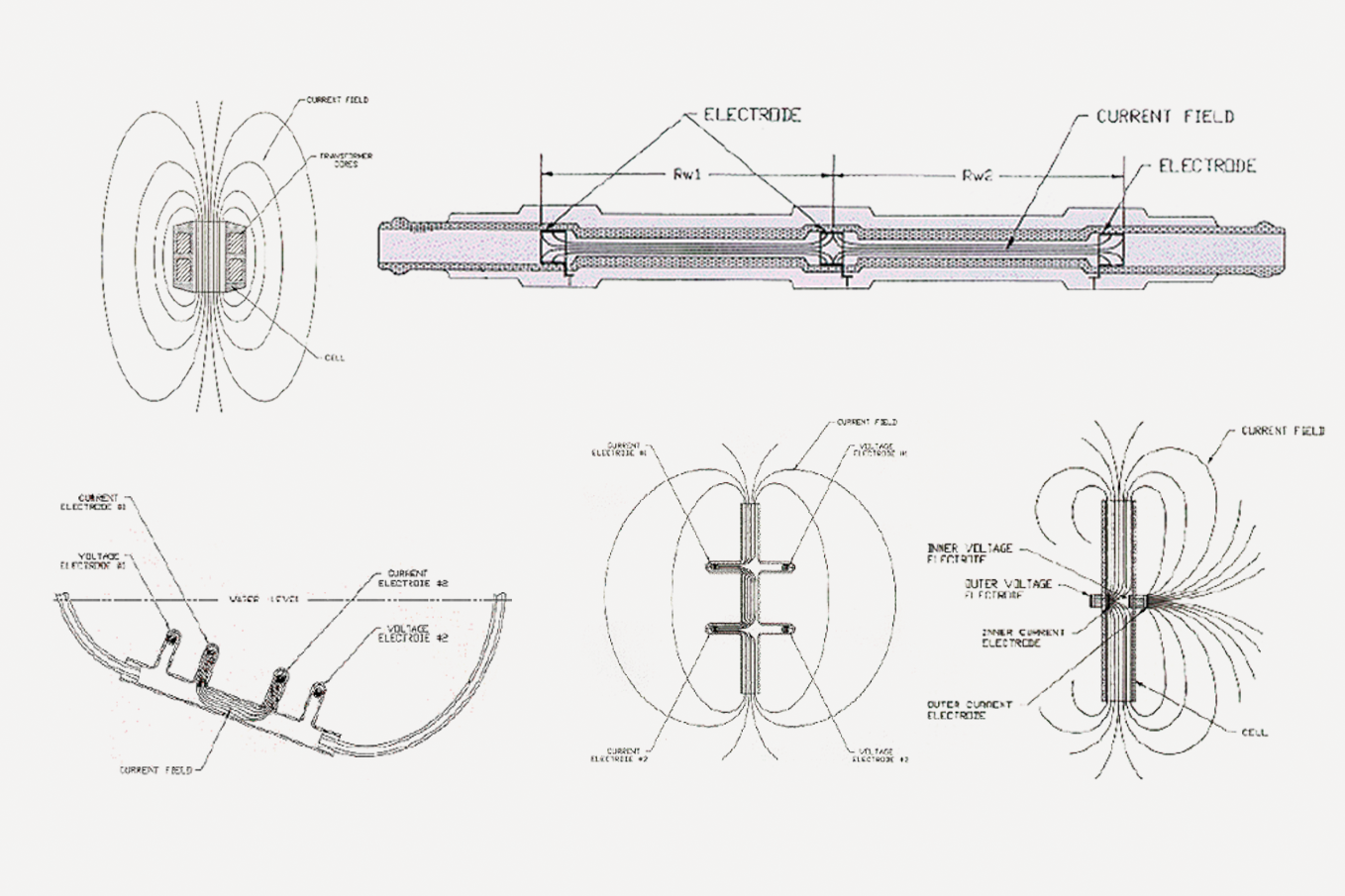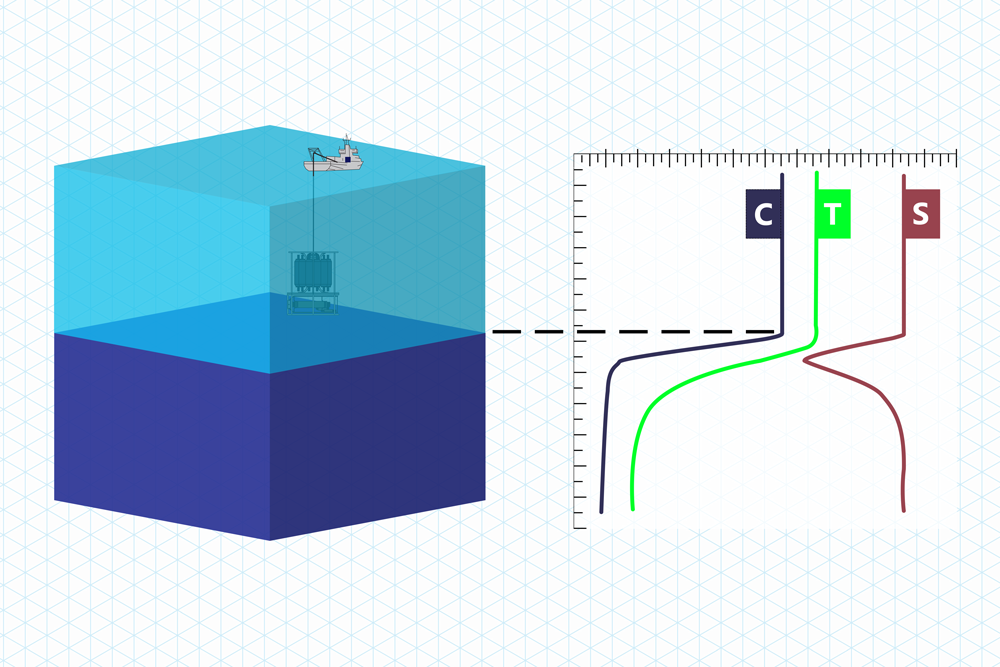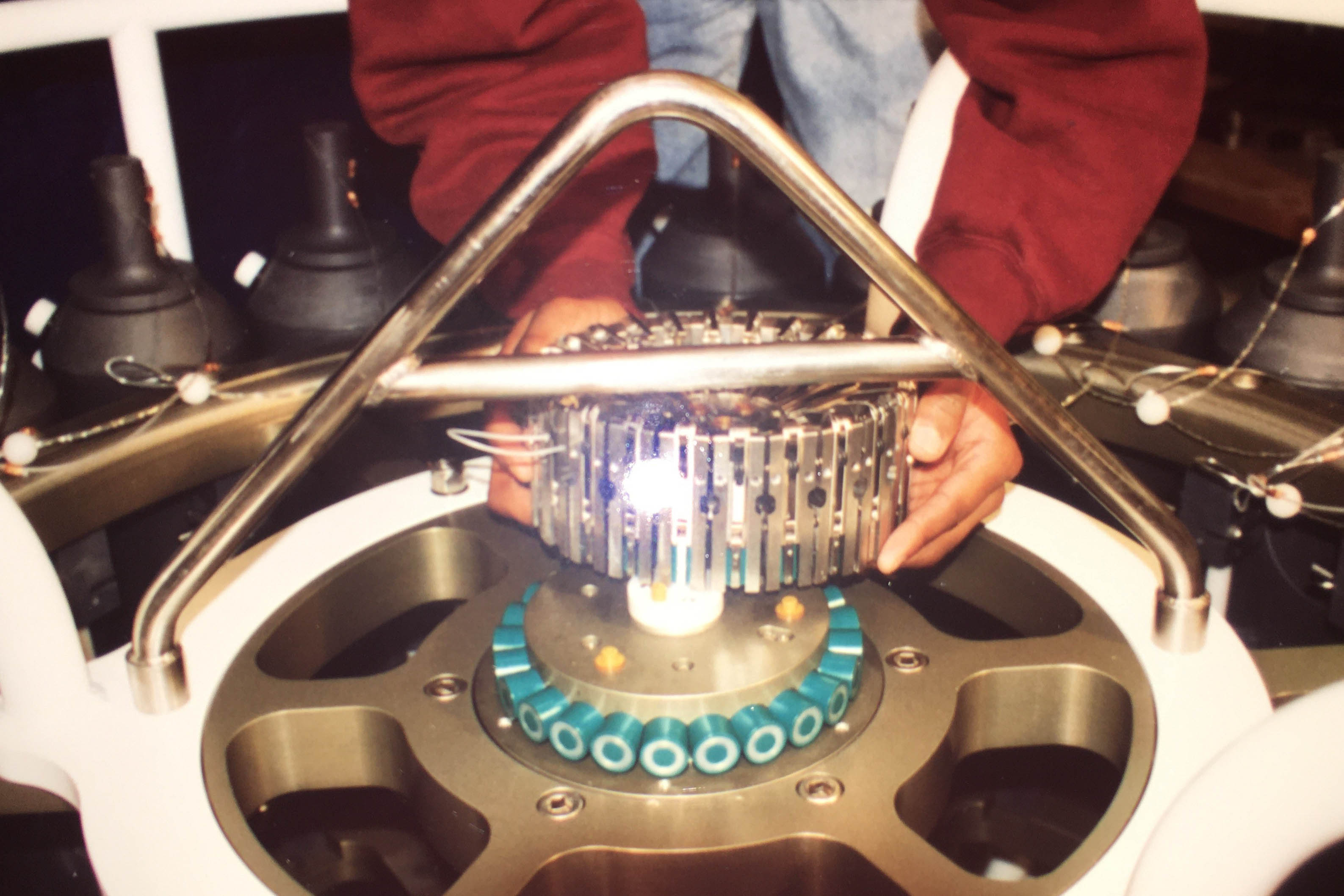- PRODUCTS
- MODEL LIST
- APPLICATIONS
- SUPPORT
- SALES/SERVICE
- BLOG
- ABOUT
Sea-Bird Scientific Instrument History
Conductivity Cells

Conductivity sensors provide the “C” in “CTD” - one of the most vital measurements in all of oceanography. But did you know that these sensors don’t technically measure conductivity? Just as depth is calculated from a measurement of hydrostatic pressure and local gravity, conductivity is derived from a measurement of a sample’s resistance and the sensor’s sampling volume. This has major implications for conductivity sensors – multiple ways of measuring resistance have given rise to diverse conductivity cell designs, each with unique advantages and drawbacks.
Sea-Bird Scientific has found success by packaging electrodes into a borosilicate glass tube. Learn how we construct a conductivity sensor from the same material as your baking dish, and when to use an inductive or electrode-based conductivity cell to determine S/m of your water.
Read More
CTDs and Pumped Flow

Early profiling CTDs relied on natural flushing to sample new water. As the package descended, its downward motion would flush new water through the CTD’s flow path, exposing the sensors to water from new depths. While this is effective, profiling at 2 m/s certainly pushes more water than profiling at 0.5 m/s, and descent rate is anything but consistent. When foul weather causes the descent rate to heave from -1 to 3 m/s, these flushing inconsistencies can cause a visible decrease in data quality.
Today, almost every Sea-Bird Scientific CTD incorporates a pumped flow path with a carefully designed TC duct to avoid this problem. This constant flow rate provides a consistent response for each sensor, vastly improving real-time data and facilitating robust post-processing. After all, unpumped flow causes unpredictable sensor response, and fine-tuning is difficult on a moving target. So, regardless of the CTD’s speed through the water column or the battering it takes from the sea, a pumped flow path ensures smooth, consistent data quality.
Read More
Sea-Bird Scientific Water Samplers

Legend has it that the first SBE 32, serial number 0001, is somewhere one the seafloor. While this is a tragic loss to the Sea-Bird Scientific museum, this early design was revolutionary for water sampling – it introduced magnetically fired latches that made sampling seawater more reliable across the entire ocean.
Today, the modern SBE 32 and SBE 55 water samplers retain the same overall design as serial number 0001. Learn how magnetically-tripped trigger assemblies increase reliability and make it possible to sample the ocean depths.
Read More

